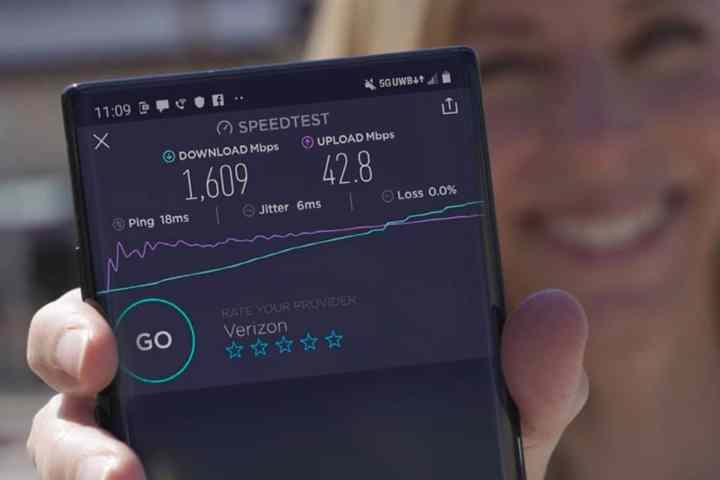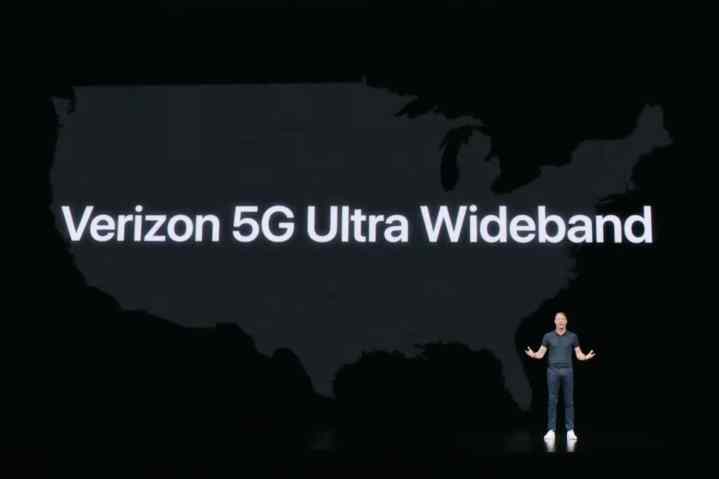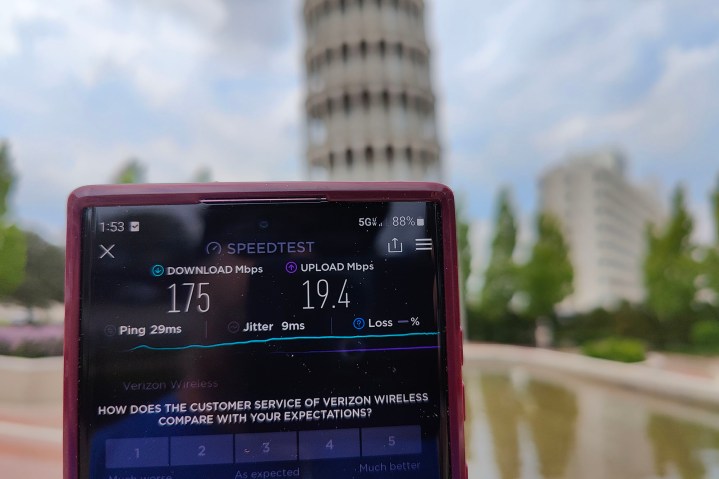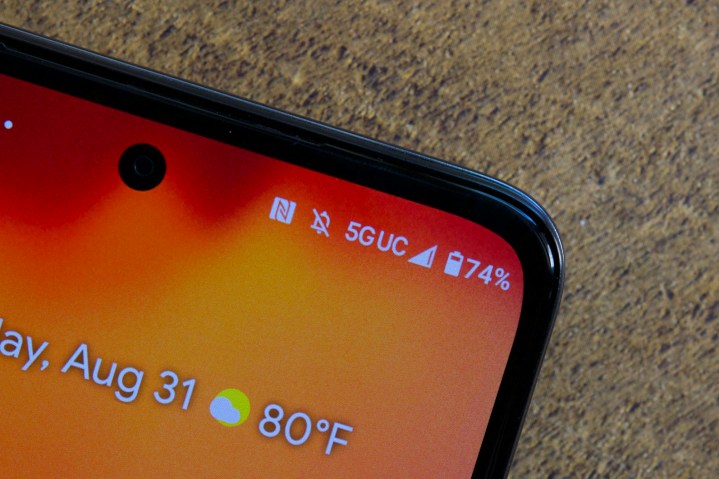You’ve probably noticed that there’s been much more hype around 5G than for any of the wireless technologies that came before. Some of that is just marketing, of course; we are living in an increasingly connected era, and there are far more people toting smartphones now than there were in 2012 when 4G/LTE was just beginning to go mainstream. However, it’s also not an exaggeration to say that with considerably faster speeds and the ability to handle many more devices, 5G is a much bigger step into the next stage of global connectivity. You’ve also probably noticed it yourself with a “5G UW” icon at the top of your phone.
As with most new technologies, 5G comes with some new challenges for both carriers and consumers. One of the most significant of these has been working out the best way to deploy 5G services across the much wider range of frequencies that it’s capable of operating on. This wasn’t nearly as significant a problem in the days of 3G and 4G/LTE services, which all operated in a much narrower range of radio spectrum.

The quality and performance of your 5G service are tied closely to the frequencies that your carrier is using. Higher frequencies offer the best 5G speeds but don’t travel as far, so carriers have to mix things up a bit to deliver the best 5G coverage to the most people with the fewest towers. Each carrier also often needs to acquire licenses before it can expand 5G services into some of those new frequencies. It’s all a balancing act that can be as much art as science.
Over the past few years, as 5G has gradually moved into the mainstream, carriers have vied to acquire the most valuable pieces of this electromagnetic real estate to get an edge over their rivals. As they claim this new turf and expand into those frequency ranges where they’re able to offer faster 5G services, they also want to make sure their customers know that their 5G is the best 5G. Here’s a breakdown of how all of that works — specifically, 5G Ultra Wideband and what the 5G UW icon on your phone really means.
How 5G Ultra Wideband started

This game of one-upmanship has naturally led carriers to use fancier marketing names to convince customers that their 5G is the best 5G. AT&T tried to get a head start in its 5G branding by introducing its misleading “5G Evolution” network — a rebranding of the same advanced LTE technology that other carriers were offering. However, no matter what your smartphone tells you, a “5G E” icon doesn’t mean you’re on a 5G network.
Thankfully, 5G E was the exception. However, it opened the door to carriers realizing they could offer unique branding for their 5G services and dress up the 5G phone icon to let customers know when they had better 5G service than the norm.
Verizon was the first carrier to do this in a big way. Its initial 5G network used the extremely high frequency (EHF) — and extremely short-range — millimeter wave (mmWave) spectrum. Verizon deployed this in a few major urban centers, but the lack of range meant that 99 percent of its customers never saw a 5G icon at all.
That changed in 2020 when Apple invited Verizon CEO Hans Vestberg to share the stage at its iPhone 12 launch event. As Apple was launching its first 5G-capable iPhone, Verizon took the opportunity to announce its new 5G Nationwide network, bringing 5G service to many more of its customers.
However, the 5G Nationwide network was built on the low-band sub-6GHz spectrum. This meant it was an order of magnitude slower than Verizon’s ultrafast mmWave network. So, to help distinguish these two very different classes of 5G service, Verizon coined a new name for its much faster mmWave service: 5G Ultra Wideband.
Ultra-wideband vs. 5G Ultra Wideband

To be clear, 5G Ultra Wideband is strictly a marketing name used by Verizon. It has no relation to ultra-wideband (UWB) radio technology, which is used by devices like Apple’s AirTag and Samsung’s Galaxy SmartTag.
This is an important distinction since several smartphones include ultra-wideband radios. These have nothing to do with 5G, nor do they mean the phone is capable of 5G. For instance, Apple introduced UWB with the iPhone 11 in 2019, but 5G didn’t come to the lineup until the iPhone 12 arrived a year later. AirTags and SmartTags don’t communicate over a 5G network either.
By definition, ultra-wideband is a radio technology that uses a broad spectrum of frequencies (wideband) but operates at a very low power level over a minimal range — much shorter than even the worst mmWave transceivers. This makes it ideal for the kind of precision tracking offered by AirTags and highly accurate indoor mapping. It’s also an excellent replacement for Near Field Communications (NFC) technology in applications like digital car keys.
That’s not what 5G Ultra Wideband is at all; Verizon picked that name presumably because it sounded like a cool way to promote its fastest 5G services.
So, what is 5G Ultra Wideband?

Confusing terminology aside, Verizon’s 5G Ultra Wideband is the carrier’s name for its fastest and highest capacity 5G service. If you’re a Verizon customer, you’ll know when you’re on this network by a distinct 5G icon that shows extra characters like “UW” or “UWB.”
Initially, this applied only to Verizon’s tiny mmWave network. In those days, getting the “5G UW” indicator to show up was like panning for gold. Even in cities where Verizon offered 5G Ultra Wideband coverage, the very short range of mmWave frequencies meant it was typically confined to the city core. Even if you managed to find 5G UW coverage, it wasn’t hard to stray out of it since a single mmWave transceiver doesn’t cover much more than an average city block or two.
Meanwhile, Verizon customers who couldn’t get the coveted 5G UW icon to light up were left on the carrier’s 5G Nationwide network, which used the same low-band spectrum as its 4G/LTE service — and provided about the same performance.
The magic of C-band

Fortunately for Verizon and its customers, this changed for the better when the carrier could finally roll out its new midrange spectrum. After paying $45 billion in a Federal Communications Commission (FCC) auction to pick up a chunk of C-band frequencies (and months of wrangling with the aviation industry), Verizon finally turned the key on the new spectrum in January.
The carrier made this new spectrum a part of its 5G Ultra Wideband network. Many more customers began seeing the “5G UW” icon appear on their phones, and this wasn’t just window dressing; they also began to experience actual 5G speeds.
Specifically, Verizon said its C-band rollout allowed its 5G Ultra Wideband network to expand to cover more than 100 million people throughout more than 1,700 cities. It’s the most comprehensive and ambitious rollout of the midrange spectrum to date. Rival AT&T, which dropped $23 billion in the same auction, has been taking a more conservative approach, covering fewer than a dozen cities.
This midrange spectrum has become the sweet spot for 5G since it offers the best balance of range and performance. Low-band frequencies travel much farther — which is why Verizon still uses this spectrum for its 5G Nationwide network — but they can’t carry as much data. They also have to share the airwaves with older 4G/LTE services, slowing things down even more.
On the other end of the spectrum, mmWave delivers phenomenal download speeds and enough capacity to handle hundreds of devices, but the range is abysmal. This makes mmWave great for very dense areas like stadiums and airports, but as Verizon learned the hard way, it’s not so great when used as the foundation of a 5G network.
5G UW vs. 5G UC vs. 5G Plus

Thanks to its recent C-band rollouts, Verizon is in good shape to continue building and promoting its 5G Ultra Wideband network, but it still has its work cut out for it.
T-Mobile had a big head start in its 5G deployment since it didn’t have to wait for the C-band auction. The Un-carrier inherited a nice piece of 2.5GHz turf in its 2020 merger with Sprint. It quickly began decommissioning the older 4G/LTE Sprint towers to make this spectrum available for its 5G rollouts.
T-Mobile dubs this its 5G Ultra Capacity network. Like Verizon, T-Mobile customers get a special icon — “5G UC” in this case — to let them know when they’re using it. However, even though the 5G UC indicator didn’t appear until late 2021, T-Mobile’s 5G Ultra Capacity network had already expanded to cover more than 200 million Americans by that point — four months before Verizon could even flip on its first C-band tower.
On the other side, AT&T has been slower to take advantage of the new C-band spectrum, but it seems clear it’s playing the long game. AT&T does have some mmWave coverage in densely populated areas like stadiums and parks, which it calls its 5G Plus (5G+) network, and this year that network gained the eight cities where the carrier rolled out its C-band service. However, most AT&T customers won’t yet see a 5G+ icon on their phones.

Verizon put all of its chips on the table to acquire the most controversial spectrum on the block, and it’s faced some challenges due to that decision. For instance, at least 50 U.S. airports have been designated as exclusion zones where Verizon’s 5G Ultra Wideband network won’t be available due to potential interference with aircraft instruments.
AT&T took a more cautious approach, hedging its bets so it could pick up some less controversial midrange spectrum in a subsequent auction. It plans to begin rolling out that spectrum later this year, and like T-Mobile, it will be able to operate it in places where Verizon and its 5G Ultra Wideband branding aren’t allowed to tread.
Editors' Recommendations
- Visible’s affordable 5G plans just got even cheaper
- Visible just made its unlimited 5G plan better than ever
- How fast is 5G? What you need to know about 5G speeds
- Have T-Mobile? Your 5G service is about to get much faster
- Your next phone could get a huge 5G upgrade, thanks to AI




